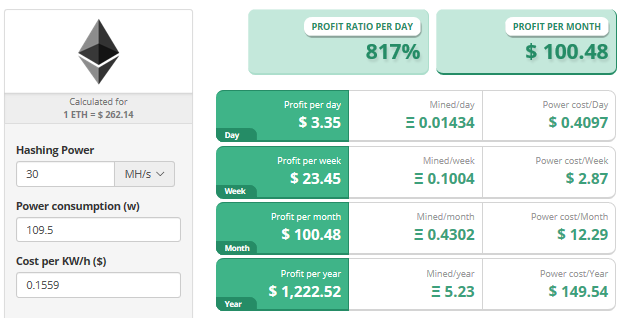Data Science, Gaming, and Cryptomining Rig
- Eric Kim
- Jul 10, 2017
- 3 min read
The major backbone of machine learning, gaming, and cryptomining (specifically for my case, Ethereum) comes from a decent GPU. It has never really occurred to me that a GPU was necessary unless if I got a real profit from it. I could always use AWS for machine learning or even a dedicated console like the PS4 or Xbox for gaming, why would I possibly need a GPU?
First let's explain some benefits of what cryptomining is and why it could be a real contender for currency in the future.
There's only a limited amount of currency set to distribute until a certain end date.
There's significant less fees/taxes for transactions when compared to cash and credit.
Highly resistant to losing value due to global, local control rather than government control.
Easy to spend, store, and secure due to wallets being stored in cell phones and computers.
Judging from the past performance of Bitcoin, the results of time seem very promising. Starting off at 6 cents a coin, it is valued over $2500 today. If you were to have 60 cents worth of bitcoins in 2010, you would have well over $150,000 worth of bitcoins today.

Given Bitcoin's success, there has been a new form of currency called Ethereum. It's similar in Bitcoin in many ways. What caught my attention the most wasn't the ease of spending it. It was the ease of earning it. What makes Ethereum special is that it can only be mined using CPUs and GPUs. Bitcoin is at a point where it is futile trying to mine it with either. You would need a special ASIC miner which could only be used for mining. It's not versatile enough for me.

However, thanks to the ongoing popularity of virtual reality games and consoles, there has been many sales of VR-ready computers. I happened to snatch a prebuilt HP-Pavillion 560 for under $500.
Upon unboxing, I immediately took the GPU, motherboard, and SSD out of the tiny stock case and housed it into a new, Corsair Spec Alpha case. Since the GPU was set to run 24/7 mining, I needed a case with lots of fans for ventilation.
Now, here comes my beginner's 2 hour process on how I went from boot-up to mining Ethereum 24/7.
Turn on computer
Download Claymore DualMiner software
Create startup mining file:
Open notepad
Copy-paste this:
setx GPU_FORCE_64BIT_PTR 0
setx GPU_MAX_HEAP_SIZE 100
setx GPU_USE_SYNC_OBJECTS 1
setx GPU_MAX_ALLOC_PERCENT 100
setx GPU_SINGLE_ALLOC_PERCENT 100
ethminer.exe --farm-recheck 200 -G -S eth-us-west1.nanopool.org:9999 -O YOUR_ADDRESS.YOUR_WORKER/YOUR_EMAIL
Make sure to replace "YOUR_ADDRESS" to your wallet address. Make sure to replace "YOUR_WORKER" to your name. Make sure to replace "YOUR_EMAIL" to your personal e-mail.
Default is set to "-G" which is mining with your GPU, if you are going to use your CPU, replace with "-C".
Finally replace "us-west1" with "us-east1" if you are from the east coast.
Save everything as "start_mining.bat" since it will be what you click to start mining.
After mining for 30 minutes or so, go to eth.nanopool.org, paste your wallet address, and hit search to look at your progress.
When you accumulate enough Ethereum, you can sell it for Bitcoins or USD at Coinbase.
The average profit after cost of electricity and medium data mining / gaming leads to about 30 MH/S per day. This accumulates for about $100 profit a month at this point of writing. Assuming that Ethereum follows the trend of Bitcoin, that should inflate to quite a bit in the next coming years.



















































Comments